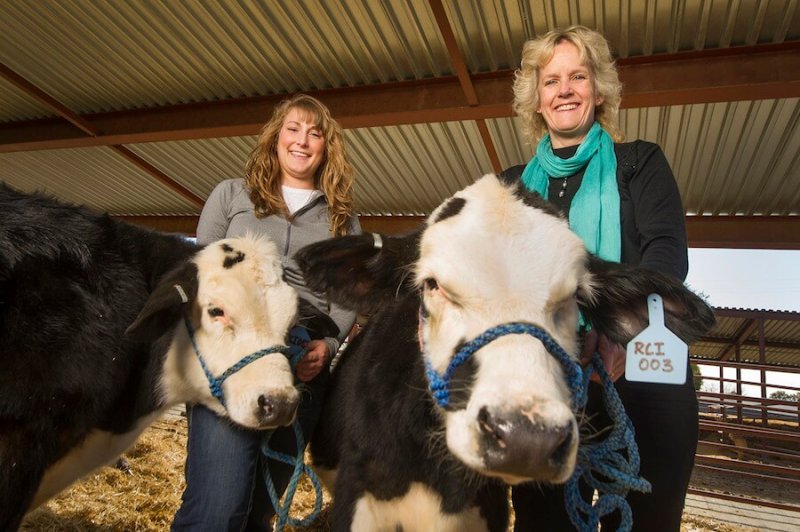Just one genetically modified animal has been approved for human consumption anywhere in the world. A fast growing species of salmon. It took more than 20 years of jumping through regulatory hoops to land on menus in Canada, and soon the US.
From hornless cows to sexing chickens – could new gene editing techniques improve the welfare of animals eaten for food?
Will they pass the taste test with consumers? And how should they be regulated?
Guests:
Tony Biffin
Dairy Farmer, Biffins’ Dairy
NSW Australia
Heather Bray
Senior Research Associate
Department of History, School of Humanities
University of Adelaide
Alison Van Eenannaam
Animal scientist and biotechnologist
University of California Davis
Mark Tizard
Senior Scientist in genome engineering
Australian Animal Health laboratory
Geelong, CSIRO
The GLP aggregated and excerpted this article to reflect the diversity of news, opinion and analysis. Read full, original post: Making happier animals? Gene editing on the farmyard































